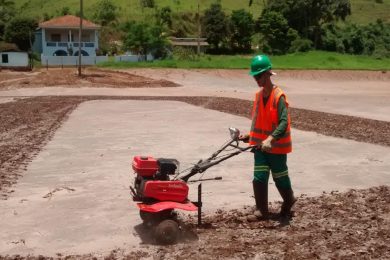Samarco Mineração has provided further information on the recovery and response effort following the breach of its Fundão tailings dam and Santarém water dam in Minas Gerais, Brazil. Samarco reports findings from ongoing mapping of the Rio Doce. A study carried out in early December by ACQUA Consultoria has found fish, individuals and shoals, living in the river.
Using sonar techniques, the team studied a 670 km stretch between the mouth of the Rio Doce and Risoleta Neves hydropower plant (Candonga dam). It was able to detect fish living in areas affected by the turbidity plume as well as in unaffected tributaries of the Rio Doce. Further monitoring studies will be carried out to determine the identity of the species present.
Samarco confirmed in its 60-day update that satellite assessments showed the volume of tailings material released during the dam breach was approximately 32 million m3. About 85% of the released tailings were retained within 85 km of the Fundão dam. The amount of tailings released is therefore significantly less than some initial estimates which were in excess of 50 million m3.
Furthermore, Samarco has undertaken several activities to stabilise the released tailings and prevent more material from entering the Rio Doce system. These include the construction of dikes to contain tailings and revegetation along the Gualaxo and Doce rivers. The native revegetation is intended to reduce the risk of erosion in heavy rainfall.
Dredging of the Candonga hydroelectric dam is planned which will also improve water quality.
Samarco says work to repair and reinforce the Selinha dike above the Fundão dam in the Germano complex is complete. Samarco confirms it is continuing to reinforce the Santarém water dam which overflowed, but which retained some of the tailings from Fundão.
Reports issued by the companies responsible for water supply in the affected municipalities along Rio Doce confirm the water treatment facilities along the Rio Doce are operational and capable of treating water for human consumption and industrial and agricultural use. Work is also being performed by a number of organisations, including Samarco, SAAE, Copasa, water supply companies and local councils to control any ongoing impacts to hydroelectric power plants from turbidity and sediment accumulation.
As noted in previous updates, further independent analysis of the river by Brazilian Geological Service and the National Water Agency also supported earlier assessments that the tailings material released was non-toxic.
The picture shows revegetation work being carried out along the river










